Scroll on to read the 3rd article on the most iconic historical photos of all time.
15. Jewish Boy Surrenders In Warsaw, 1943
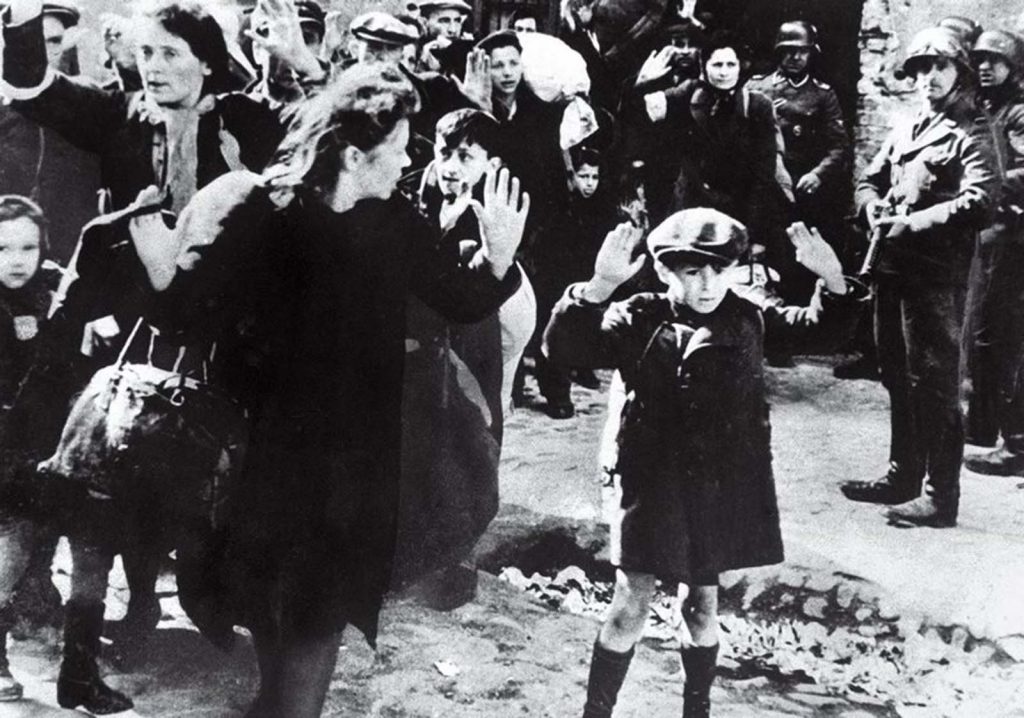
The photograph was taken during the Warsaw Ghetto uprising (between 19 April and 16 May) in the Warsaw Ghetto. The photographer was either Franz Konrad or a member of Propaganda Company 689. After the photograph was taken, all of the Jews in the photograph were marched to the Umschlagplatz and deported to the Majdanek extermination camp or Treblinka. The image is one of the most iconic photos of the Holocaust, and the boy came to represent children in the Holocaust, as well as all Jewish victims.
16. Bloody Saturday, 1937
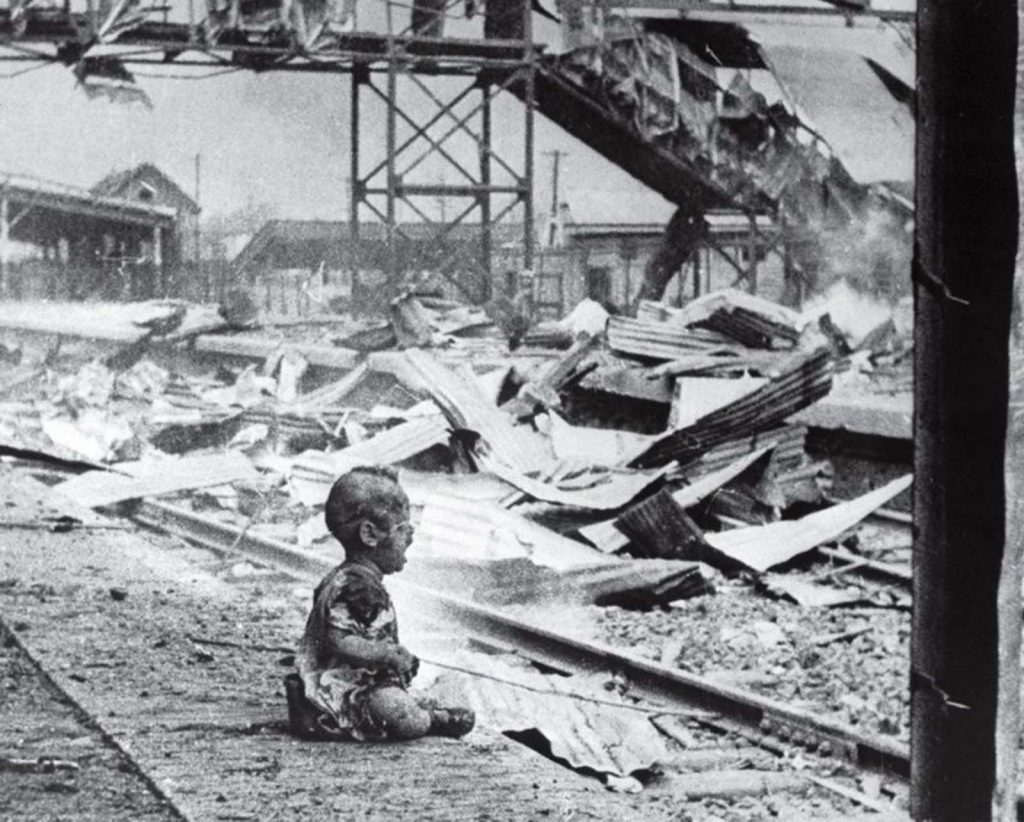
It is a black-and-white photograph that was published widely in September to October 1937. Depicting a Chinese baby crying within the bombed-out ruins of Shanghai South Railway Station, the photograph became known as a cultural icon demonstrating Japanese wartime atrocities in China. One of the most memorable war photographs ever published, and perhaps the most famous newsreel scene of the 1930s, the image stimulated an outpouring of Western anger against Japanese violence in China.
17. Migrant Mother, 1936
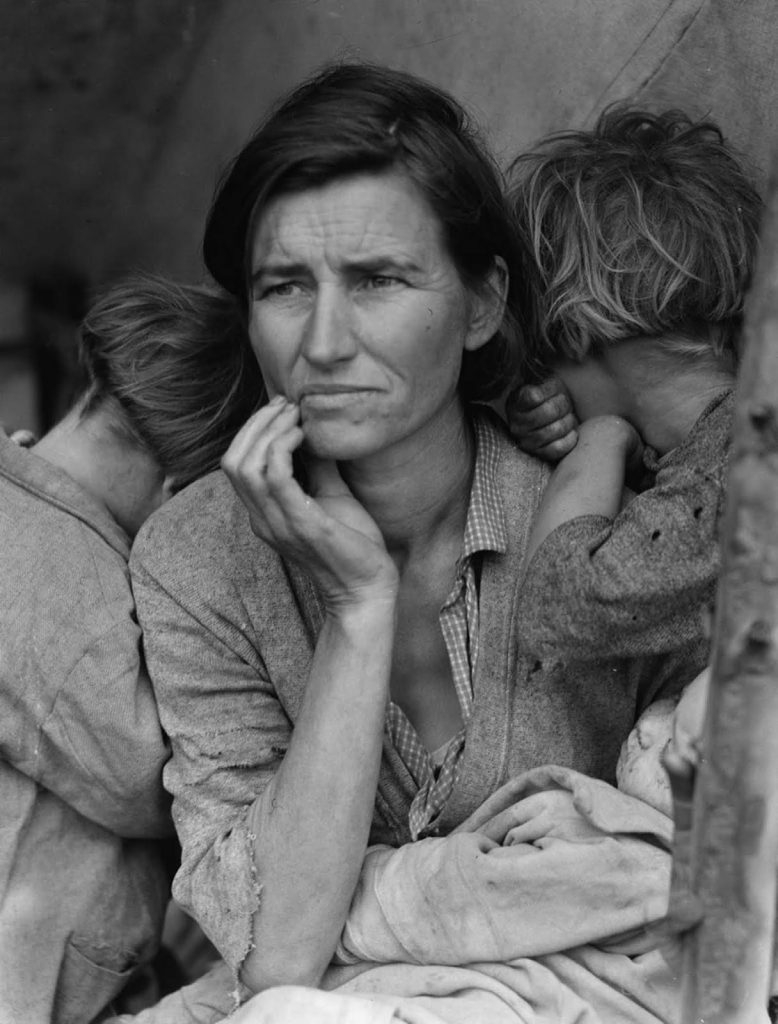
This photo taken by Dorothea Langes became an iconic image of the Great Depression. It shows Florence Owens Thompson with her kids showing visible signs of uncertainty and anguish because of the financial crisis.
18. The Hindenburg Disaster, 1937
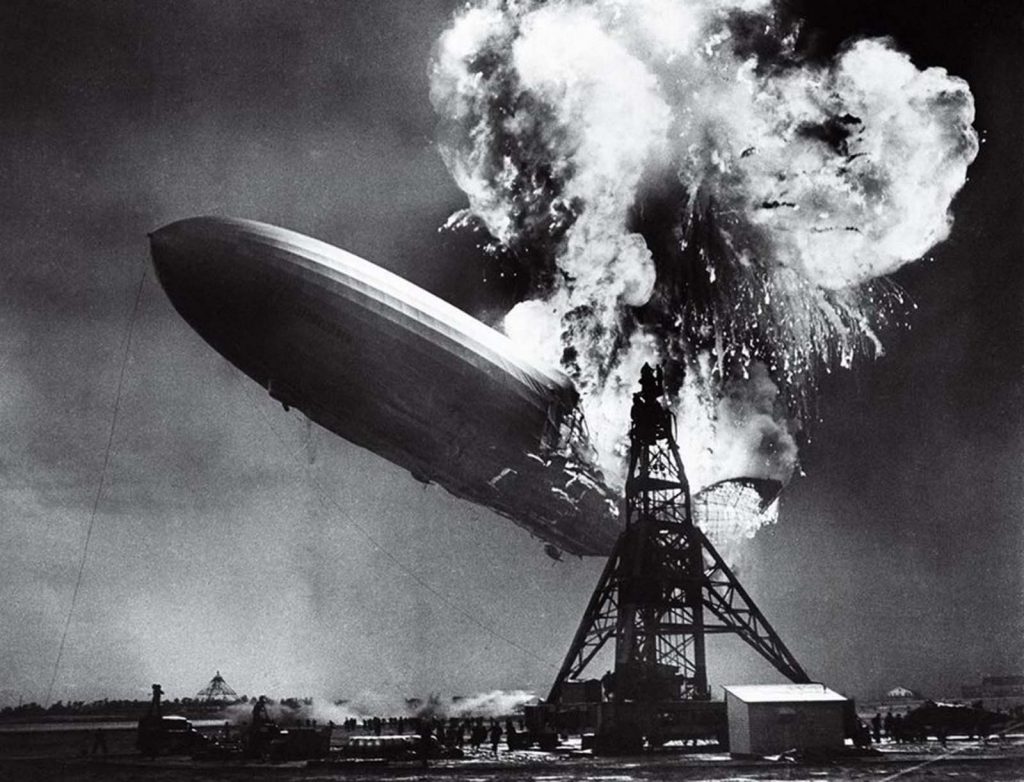
The Hindenburg disaster occurred on May 6, 1937, in Manchester Township, New Jersey, United States. The German passenger airship LZ 129 Hindenburg caught fire and was destroyed during its attempt to dock with its mooring mast at Naval Air Station Lakehurst. There were 35 fatalities from the 97 on board and an additional fatality on the ground. This photo taken by Sam Shere became the most famous because of its stark immediacy and horrible grandeur.
19. Guerillero Heroico, 1960
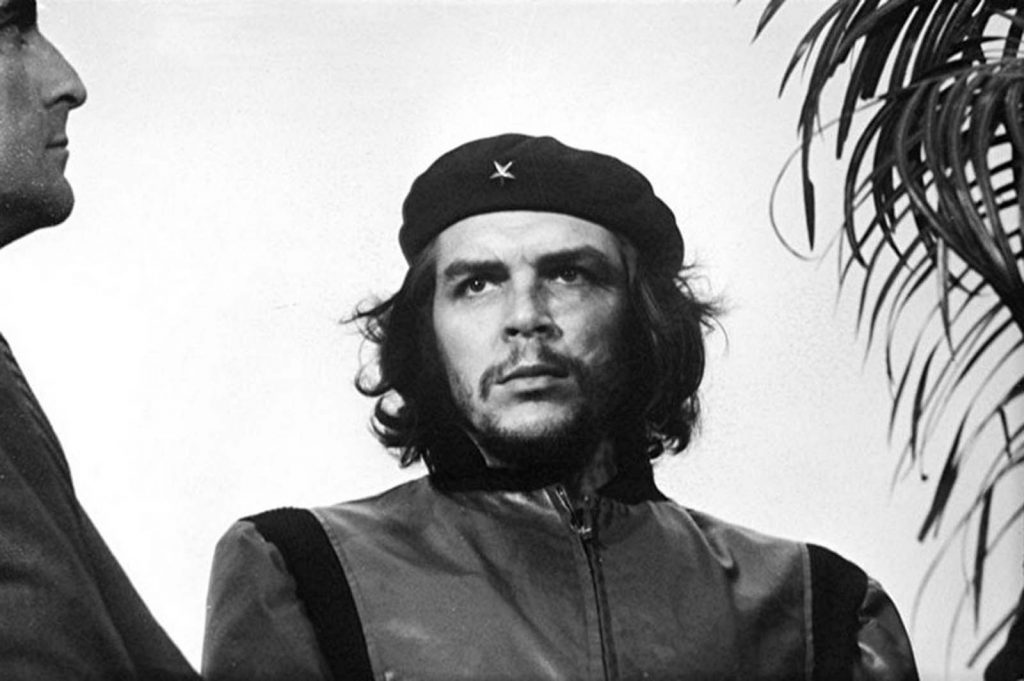
This is an iconic photograph of Marxist revolutionary Che Guevara taken by Alberto Korda. It was captured on March 5, 1960, in Havana, Cuba, at a memorial service for victims of the La Coubre explosion. Guevara was 31 years old at the time the photograph was taken. Korda has said that he was drawn to Guevara’s facial expression, which showed “absolute implacability” as well as anger and pain. It has become the cultural shorthand for rebellion and one of the most recognizable and reproduced photos of all time.
20. Dalí Atomicus, 1948
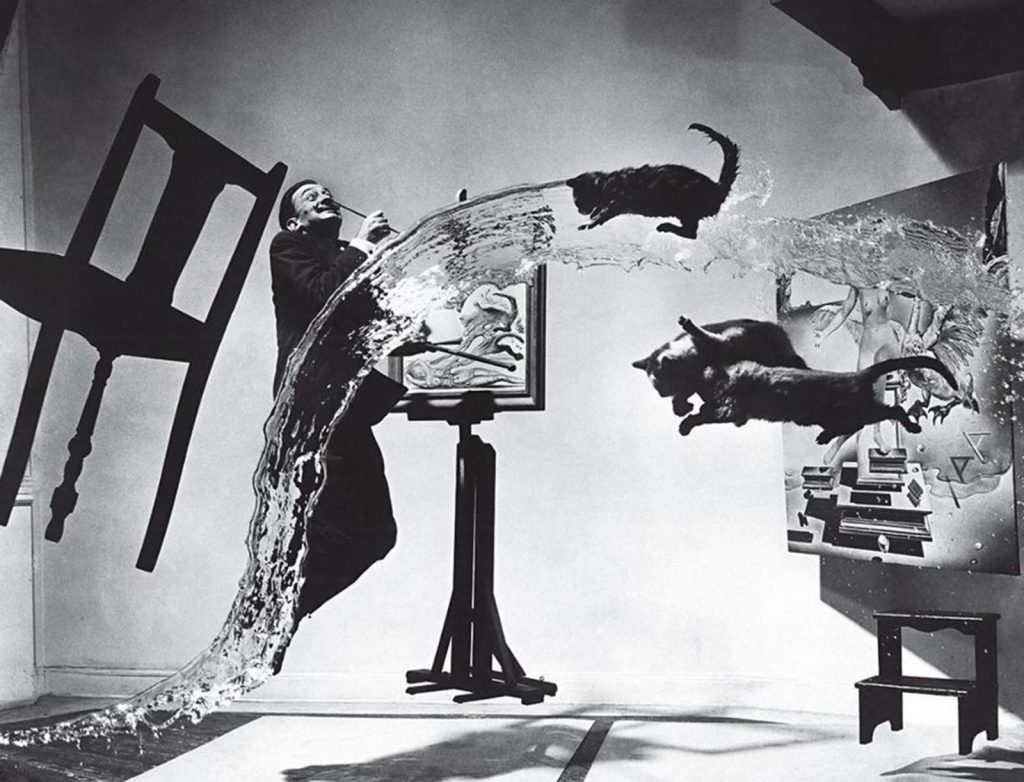
In 1941 Philippe Halsman met the surrealist artist Salvador Dalí and they began to collaborate in the late 1940s. The 1948 work Dali Atomicus explores the idea of suspension, depicting three cats flying, a bucket of thrown water, and Salvador Dalí in mid-air. The title of the photograph is a reference to Dalí’s work Leda Atomica which can be seen in the right of the photograph behind the two cats. Halsman reported that it took 28 attempts to be satisfied with the result.
21. View From The Window At Le Gras, 1826

This is a heliographic image and the oldest surviving camera photograph. It was created by French inventor Nicéphore Niépce in 1827 (assumed 9 February 1826) in Saint-Loup-de-Varennes, France, and shows parts of the buildings and surrounding countryside of his estate, Le Gras, as seen from a high window. The above is a manually enhanced version of the original photo preserved in Harry Ransom Center in Austin, Texas.
Read the 2nd article here.

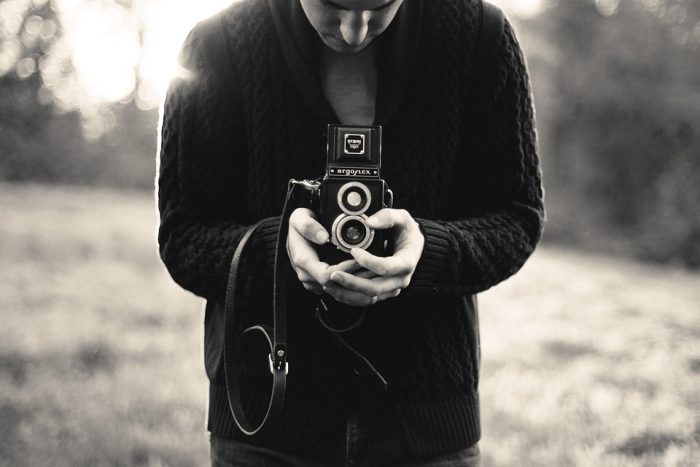


![The Top & Most Popular Seafood Bucket Restaurants in Dubai for you [Never Miss]](https://uae24x7.com/wp-content/uploads/2020/09/8-seafood-in-a-bucket-scaled-e1600739237403.jpg)
![Procedures for Renewing the Driving License in Abu Dhabi [3 Simple Steps]](https://uae24x7.com/wp-content/uploads/2020/07/Capture-9-e1595666454466.jpg)





